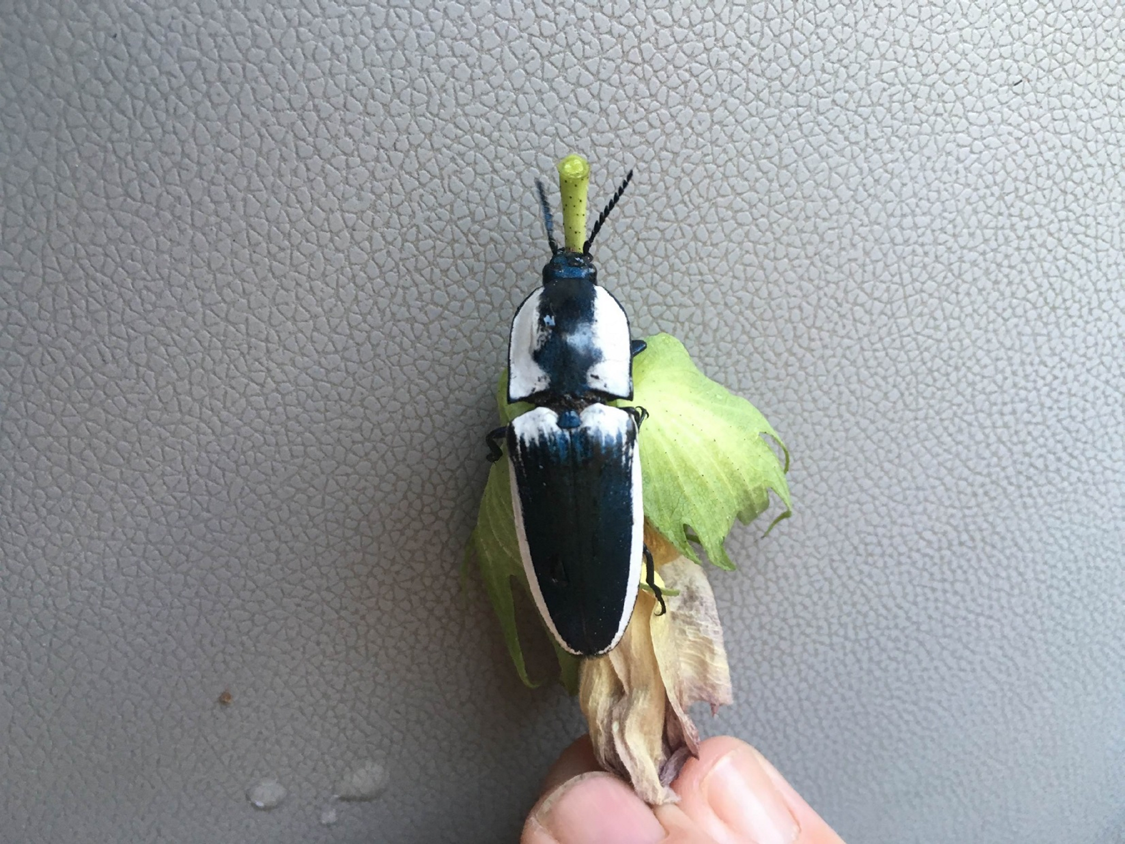
|
|
|
|

|
|||
|
|
|||
The weather this winter has been well above normal and surprisingly aphids have been quite abundant. Green peach aphid has been colonizing lettuce and cole crops for some time now, but in the last 2 weeks we have been picking up foxglove aphid on lettuce at the Yuma Ag Center. Wingless foxglove nymphs are becoming quite easy to find on both head and romaine lettuce. Winged aphids are also showing up on small plants. With the recent high winds, expect to begin picking up more winged aphids. Our local weather forecast suggests that temperatures will be in the mid to high 60’ this week, climbing to the nid-70’s the week after, and with moderate nighttime lows for the next two weeks. Assuming the weather service is correct, these conditions are ideal for aphid population growth, particularly foxglove aphids. Research has shown us that green peach aphid population growth tends to be high when temperatures average around 55 °F. Because we’ve seen an increase in winged green peach aphids on our yellow sticky traps, PCAs should be extra vigilant in scouting for aphid colonies. Given our weather to date, I predict that Foxglove aphids may become more abundant in the next several weeks as they tend to be more biologically active under warmer temperatures; that is when avg. temps are around 60 °F. For more information, see Foxglove Aphids on Desert Produce. For information on properly identifying aphids in produce see Aphid Identification in Produce. If the field has been treated with imidacloprid at planting, then chances are you are in pretty good shape. But, continue to monitor as imidacloprid doesn’t generally last all season, particularly against foxglove aphid. Regardless of whether you find green peach aphid or foxglove aphid the key to effective aphid management with foliar insecticide is to initiate sprays at the time apterous (wingless) aphids begin to colonize. If you can regularly find aphid colonies on imidacloprid treated lettuce, then it is probably time to treat with a foliar insecticide. Of course, this requires diligent scouting and sampling. On older lettuce, make sure you thoroughly examine developing heads/hearts; this is where foxglove aphids are most abundant. Fortunately, PCAs have alternatives for foliar aphid control. For more information on insecticide alternatives please visit Aphid Management in Desert Produce Crops – 2018. | |||
| Back | |||
|
For questions or comments on any of the topics please contact Marco Pena at the Yuma Agricultural Center.
|
|||
|
Home |
Cotton | Veggies |
Forages | Grains
| Citrus |
Crop x Crop Insects | Diseases| Weeds | Pesticides | Economics | News | Weather | Research | Photos | Contacts | General Info. Copyright © 2001 University of Arizona, College of Agriculture and Life Sciences Webmaster: Al Fournier (acis@ag.arizona.edu) |
|||


